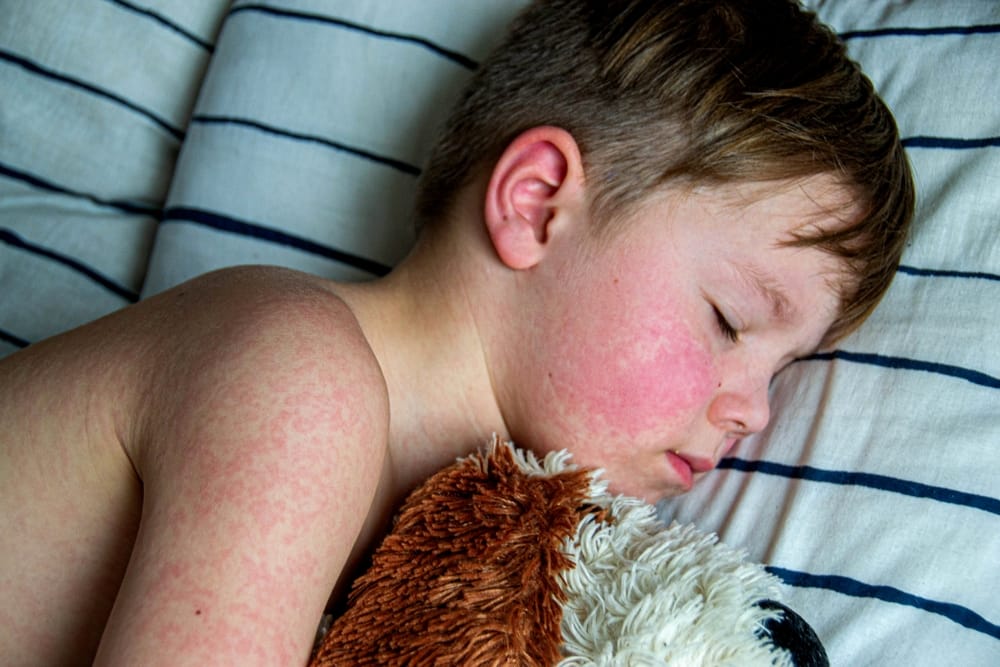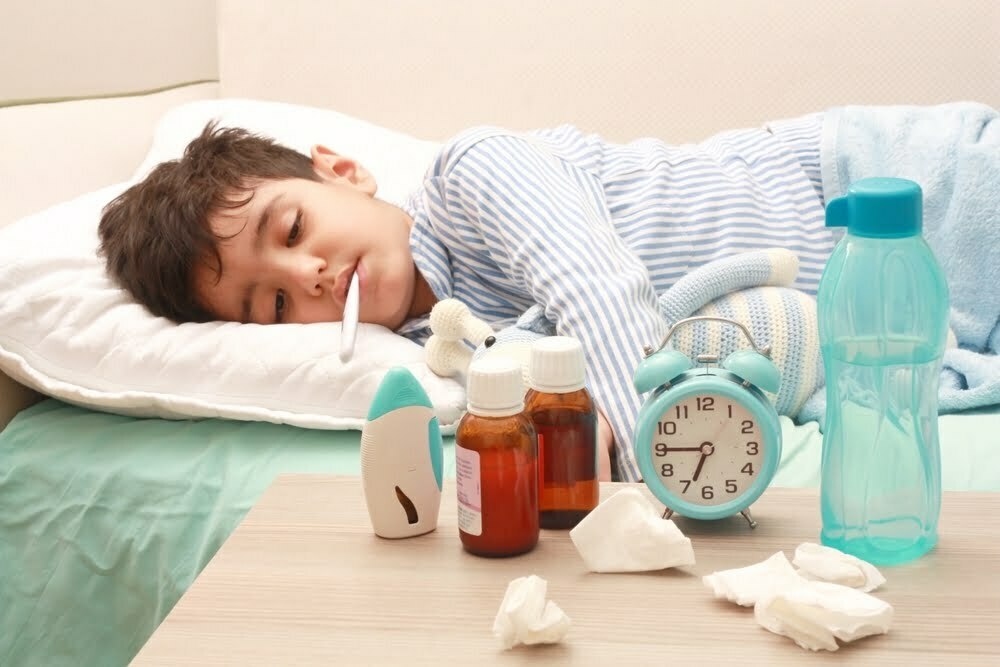
When it comes to protecting your child from illnesses, knowing the signs to watch for can make all the difference. If you notice potential measles symptoms, pediatric telemedicine services and same-day sick care visits ensure children can receive the rapid treatment they need. But what are the measles signs to look out for, and what else should parents know about this highly contagious disease?
What Parents Should Know About Measles Symptoms and Vaccinations
In a vaccinated child, fever and rash is unlikely to be caused by Measles. No vaccine can offer 100% protection, 100% of the time. However, the rare vaccinated individual that becomes infected with Measles is more likely to have a milder illness, and is also less likely to spread the disease to other people. Experts aren’t sure why; it could be that their immune systems didn’t respond as well as they should have to the vaccine or their immune system’s ability to fight the infection decreased over time. The more recent your vaccination – the stronger your protection. If you have not been vaccinated and you have been exposed to Measles during an outbreak, your risk is high. Getting vaccinated will help minimize your risk of infection (especially if vaccination is in the first 72 hrs after exposure).
One dose of MMR vaccine is 93% effective against measles
Two doses of MMR vaccine are 97% effective against measles
What Is Measles?
Measles is a childhood infection caused by a virus. Once quite common, measles can now almost always be prevented with a vaccine. Also called rubeola, measles can be serious and even fatal for small children. While death rates have been falling worldwide as more children receive the measles vaccine, the disease still kills more than 100,000 people a year, most under the age of 5.
As a result of high vaccination rates in general, measles hasn’t been widespread in the United States for more than a decade. The United States averaged about 60 cases of measles a year from 2000 to 2010, but the average number of cases jumped to over 200 cases a year in recent years and in 2019, we are already seeing record numbers. Most of these cases originate outside the country and occurred in people who were unvaccinated or who didn’t know whether or not they had been vaccinated.
So what do I look for if I think I might have been exposed to Measles?
Measles signs and symptoms appear around 10 to 14 days after exposure to the virus. Signs and symptoms of measles typically include:
- high fever,
- cough,
- runny nose (coryza), and
- red, watery eyes (conjunctivitis).
Two or three days after symptoms begin, tiny white spots (Koplik spots) may appear inside the mouth.
Initial Nonspecific signs and symptoms – Measles typically begins with a mild to moderate fever, then it is often accompanied by a persistent cough, runny nose, inflamed eyes (conjunctivitis) and sore throat. This relatively mild illness may last two or three days.
Acute illness and rash – The rash consists of small red spots, some of which are slightly raised. Spots and bumps in tight clusters give the skin a splotchy red appearance. The face breaks out first. Over the next few days, the rash spreads down the arms and trunk, then over the thighs, lower legs and feet. At the same time, the fever rises sharply, often as high as 104 to 105.8 F (40 to 41 C). The measles rash gradually recedes, fading first from the face and last from the thighs and feet.
Communicable period – A person with measles can spread the virus to others for about eight days, starting four days before the rash appears and ending when the rash has been present for four days.**
Schedule a Measles Vaccination in Cumming, GA
Vickery Pediatrics provides vaccinations for children in Cumming, Buford, Dawsonville, Gainesville, Johns Creek, Sugar Hill, Suwanee and Forsyth County. Contact us for a well-child visit with an experienced pediatrician. Call (678) 990-2501 or request an appointment.







